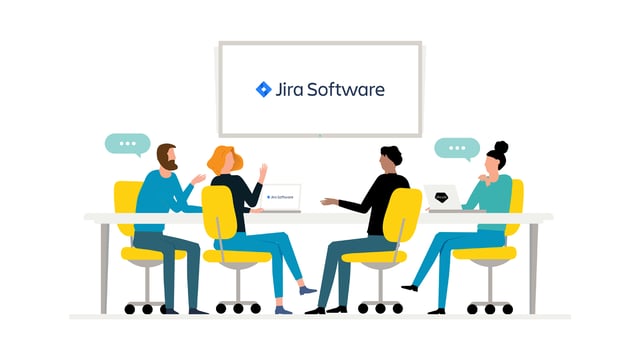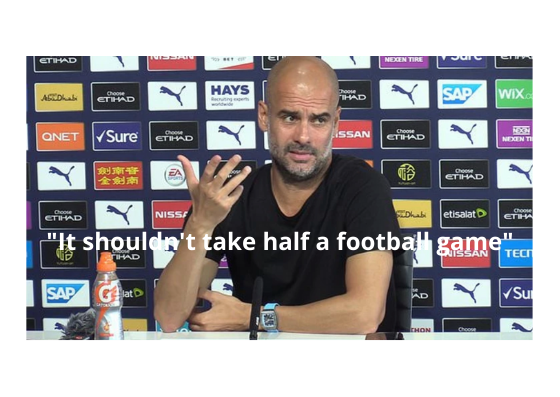If you learn how to refine your backlog, your team's work becomes a little easier, clearer, and more fun.
Teams invest too little time on backlog refinement. This is evident if you listen in on the team daily or read comments on Slack. Messages like:
- “Does this mean…?”
- “Should I do this in this ticket?”
- “I thought I was supposed to…”
These are clear indications that investing more up-front on the refinement of tasks would yield good returns.
Do you have dailies that go on for 45 minutes?
If the daily meeting is the place where issues are always clarified, you are doing it wrong. Especially if your dailies take longer and longer, going far beyond the standard 10 or 15 minutes. In this case, the team is using the daily as a survival mechanism, to compensate for insufficient backlog refinement. The work can be much faster, more efficient, and more enjoyable with a little investment in refining tasks before starting them.
So what are the best ways to refine your backlog?
Find the optimum for your team
Every team must find their own balance, and the optimum time spent on refinement. For some teams it could be half an hour a week. For others, two hours a week. It all depends on the level of uncertainty in your backlog tasks. One hour per week is a good starting point – then the team and the Product Owner can adjust how much time is spent based on experience.
Focus your effort on the non-routine tasks
Routine tasks require little, if any, refinement. But tasks that are new, unfamiliar, and potentially have uncertain aspects about them, should be looked at more carefully.
Identify tasks with uncertainties, through guess effort sessions
It is up to the team and the person in a Product Owner role, to decide and choose which items would most benefit from refinement. One fast way to assist the Product Owner in choosing the items for refinement can be a “guess effort” (GE) session . In the GE session, the team reviews items on the backlog and quickly guesses the effort of each. There is no discussion, no review, just effort guessing.
The GE session will achieve two things very quickly.
- The Product Owner gets a preliminary effort guess for a lot of the items on the backlog.
- The variance of guesses can be used as a signal to indicate which items would benefit more from team refinement.
Simple backlog refinement practice
The very simplest way of doing backlog refinement is as follows:
Before the session: The Product Owner chooses the items that require refinement.
At the session:
- Refinement session secretary, who keeps a memo, is chosen
- Product Owner presents the items to the team
- Team discusses the items
- Discussion points are written as further clarification in the item descriptions (sometimes in form of acceptance criteria)
- Effort is estimated
- Move on to next item on the list
This kind of refinement practice is easy to set up. The only discipline required here is for the Product Owner to choose the items, the team to show up, and someone to write the discussion points in the item description.
Challenges of the simple practice
This kind of simple practice has a few challenges, however:
- Time: considering very little preparation is done up front, the practice is somewhat inefficient. Perhaps the team can only handle 3-5 items per hour. This inefficiency will usually lead to the team pushing back on the refinement practice itself. (“we should rather be working, not talking about work!”
- Inefficiency might lead to insufficient throughput of the refinement process. The team is still consuming backlog items faster than they can be refined with this approach. This is likely to lead to items being started without proper refinement.
- Only the Product Owner can be engaged in the item preparation. The rest of the expertise in the team is not utilized for preparation.
Next step: make refinement even more efficient
If nothing else, this way of doing backlog refinement will show the team the value of defining work tasks before starting. As this becomes routine, the next step for the team would be to start experimenting with ways to increase the efficiency of refinement. The largest gains in efficiency are achieved with a more disciplined approach to item preparation and the splitting of large items. We will look at ways to achieve this in the next blog.
Eficode coaches can help your teams improve your Agile ceremonies, roles, and ways of working.
Published: Jan 5, 2022
Updated: Apr 19, 2022



